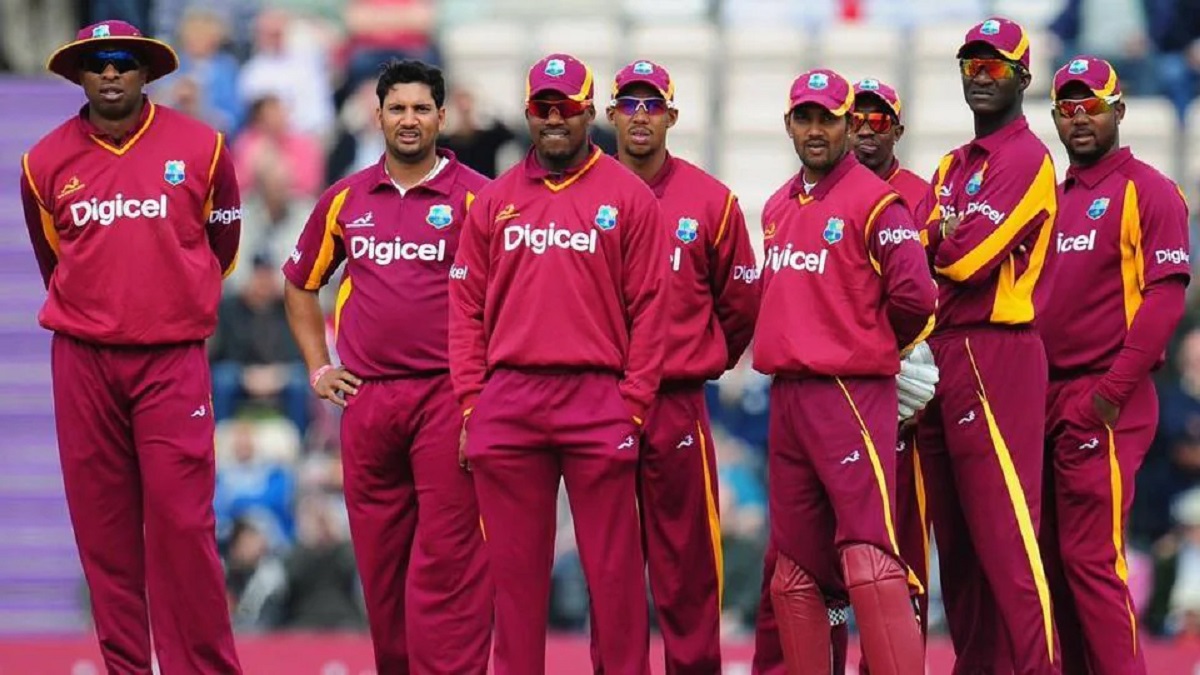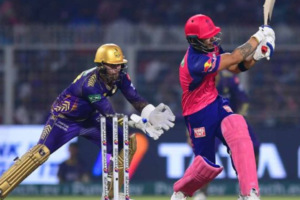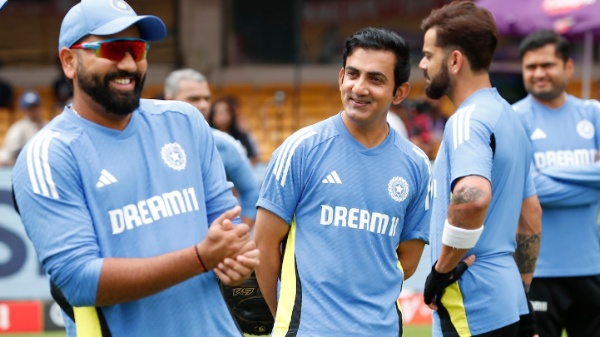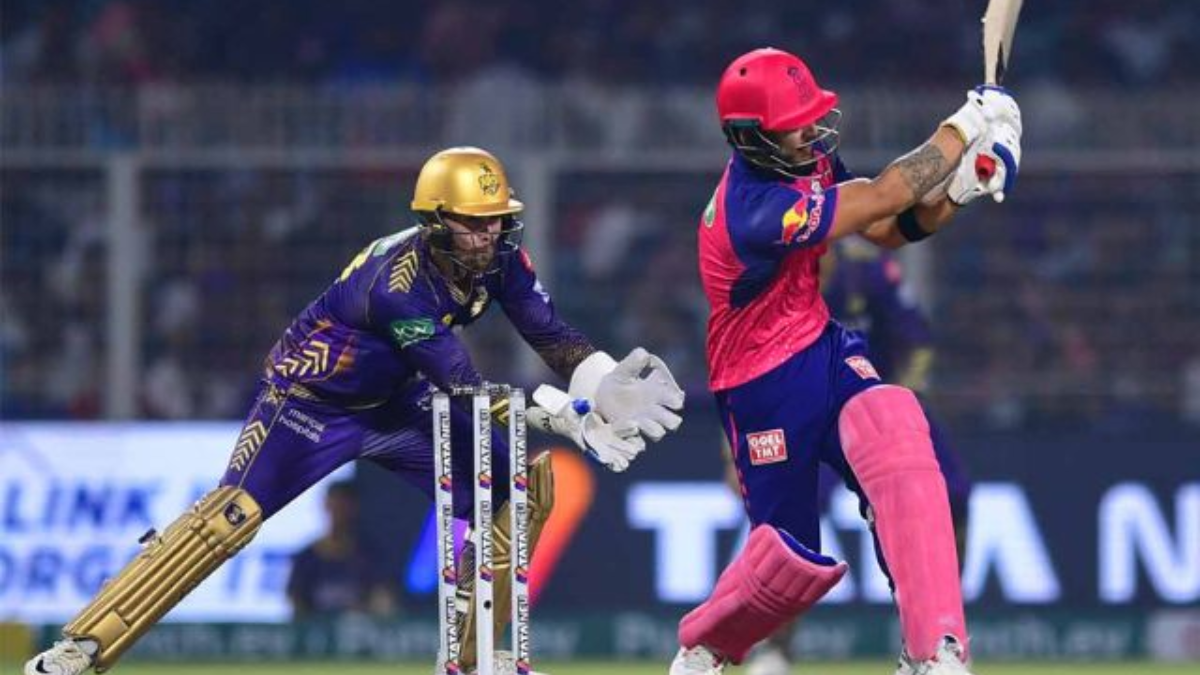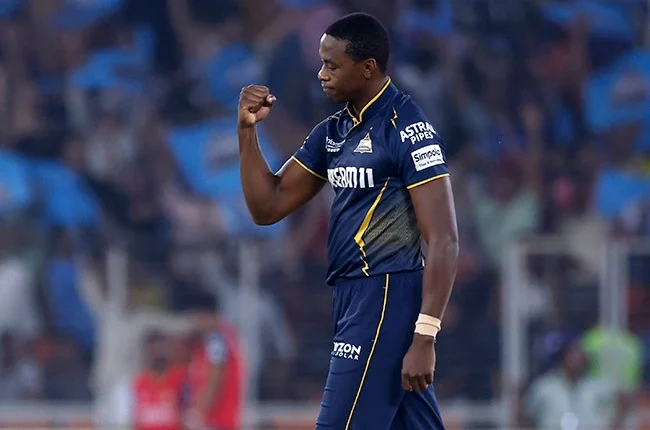India’s commanding 3-0 series victory over England showcased a tactical shift in their batting approach, one that has sparked intense debate among analysts and former cricketers. Under the guidance of Gautam Gambhir, India has increasingly prioritized left-right batting partnerships, a strategy that has both intrigued and divided the cricketing world.
Instagram story of Indian Head Coach Gautam Gambhir – "Fearless".
— Johns. (@CricCrazyJohns) February 12, 2025
India is coming for Champions Trophy 🏆 pic.twitter.com/WtOrkTqcT6
Axar Patel’s Promotion: A Strategic Masterstroke?
In two of the three ODIs against England, Axar Patel was promoted up the batting order, a move that left KL Rahul with limited opportunities. The decision drew criticism from commentators, but Gambhir defended the approach, emphasizing its impact over conventional batting order traditions.
“We don’t look at averages and stats; we look at impact. If we have a quality left-hand batter available, why not use that advantage?” Gambhir asserted.
The results speak for themselves. Patel delivered in both games he was promoted, validating the strategy’s effectiveness. With India’s top five historically dominated by right-handed batters, introducing a left-hand option adds balance, disrupts bowlers’ rhythm, and prevents predictable matchups.
Gautam Gambhir: The Numbers Behind the Shift
Gambhir’s preference for left-right combinations is not a newfound obsession. During his tenure as Kolkata Knight Riders’ mentor, the frequency of right-left partnerships rose significantly:
- 2022-23: Right-left partnerships accounted for 58% of KKR’s batting lineups.
- 2024: The percentage jumped to 74%, reflecting a deliberate strategic adjustment.
This shift aligns with modern cricketing logic, where teams optimize their lineups to handle matchups more effectively, counter opposition strategies, and create scoring opportunities against specific bowlers.
KL Rahul’s Role Remains Secure
While Rahul’s opportunities were limited, Gautam Gambhir made it clear that the decision was not a reflection of the wicketkeeper-batter’s ability.
“KL is our No.1 wicketkeeper. He has delivered for us. You can’t play both keepers when you have such a quality squad.”
Despite Rishabh Pant’s return to full fitness, Rahul’s position remains unchallenged for now. His consistent performances in the middle order and his stability behind the stumps make him a vital component of India’s ODI setup.
Yashasvi Jaiswal: The Left-Handed Factor
India’s preference for left-right combinations was further evident in their consideration of Yashasvi Jaiswal. The young left-hander was initially in line to feature in the first ODI, but an injury to Virat Kohli altered those plans. Shreyas Iyer, who was initially set to be rotated out, seized the opportunity to score a match-winning innings, delaying Jaiswal’s introduction into the playing XI.
“We wanted to see what Jaiswal could bring to the table. He was in good form in Australia, and we wanted to give him an opportunity.” – Gautam Gambhir
This suggests that Jaiswal remains firmly in India’s long-term plans, particularly as they build towards the Champions Trophy.
Squad Rotation: A Key Preparation Strategy
Beyond batting tactics, India also used the England series as a testing ground for squad depth. Arshdeep Singh and Washington Sundar were given opportunities over more established players like Mohammed Shami and Ravindra Jadeja.
“With the Champions Trophy around the corner, we needed to maximize these three games and give everyone an opportunity,” Gambhir explained.
This approach allows India to assess backup options, ensuring they have a flexible and well-prepared squad for future tournaments.
Place your bets at JitaBet, JitaWin, and Jita88, they offer really good odds, play and win big!
Gautam Gambhir wins his first series as a coach with Rohit and Virat in the team 😭 pic.twitter.com/LeCqpiEyNC
— Dinda Academy (@academy_dinda) February 12, 2025
Conclusion: A Tactical Evolution in Indian Cricket
India’s recent ODI series win was about more than just dominant performances—it signified a shift in tactical thinking. Gambhir’s emphasis on left-right batting combinations, strategic promotions, and squad rotation indicates a forward-thinking approach aimed at maximizing impact rather than adhering to conventional cricketing norms.
With the Champions Trophy looming, India’s ability to refine these strategies could prove decisive in their pursuit of another major ICC title. Whether Gambhir’s vision will yield long-term success remains to be seen, but one thing is certain: India’s cricketing philosophy is evolving, and the rest of the world is taking notice.


